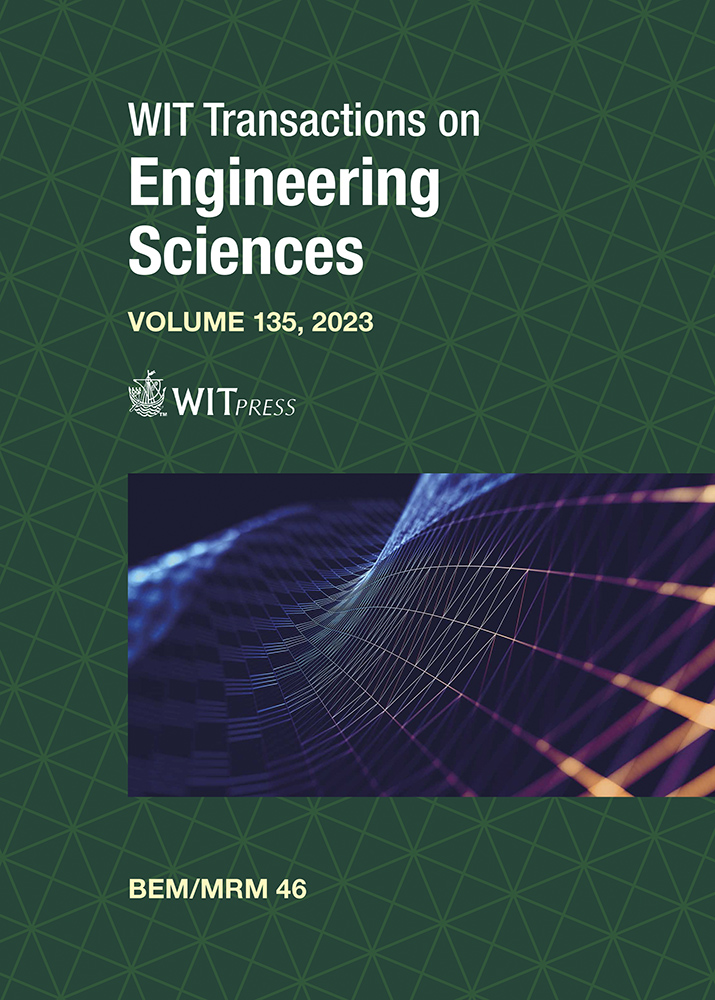COMPARISON OF THE BOUNDARY ELEMENT METHOD AND THE METHOD OF FUNDAMENTAL SOLUTIONS FOR ANALYSIS OF POTENTIAL AND ELASTICITY PROBLEMS IN CONVEX AND CONCAVE DOMAINS
Price
Free (open access)
Transaction
Volume
135
Pages
17
Page Range
79 - 95
Published
2023
Paper DOI
10.2495/BE460081
Copyright
Author(s)
SORAYA ZENHARI, MOHAMMAD RAHIM HEMATIYAN, AMIR KHOSRAVIFARD & HANS-CHRISTIAN MÖHRING
Abstract
The boundary element method (BEM) and the method of fundamental solutions (MFS) are well-known fundamental solution-based methods for solving a variety of problems. Both methods are boundarytype techniques and can provide accurate results. In comparison to the finite element method (FEM), which is a domain-type method, the BEM and the MFS need less manual effort to solve a problem. The aim of this study is to compare the accuracy and reliability of the BEM and the MFS. This comparison is made for 2D potential and elasticity problems with different boundary and loading conditions. In the comparisons, both convex and concave domains are considered. Both linear and quadratic elements are employed for boundary element analysis of the examples. The discretization of the problem domain in the BEM, i.e., converting the boundary of the problem into boundary elements is relatively simple; however, in the MFS, obtaining appropriate locations of collocation and source points need more attention to obtain reliable solutions. The results obtained from the presented examples show that both methods lead to accurate solutions for convex domains, whereas the BEM is more suitable than the MFS for concave domains.
Keywords
boundary element method, method of fundamental solutions, elasticity, potential problem, convex domain, concave domain





